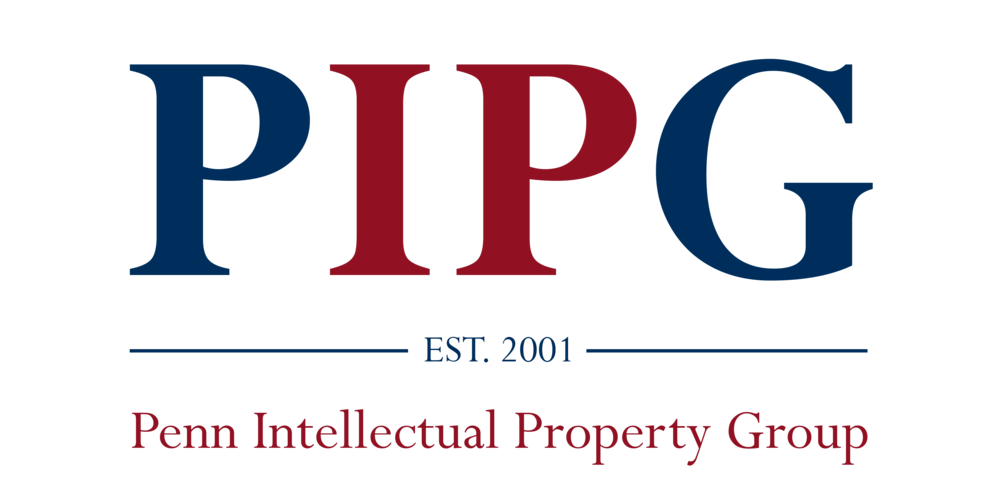By Chongwu Du, JD Candidate L’22
Questions about the boundaries of intellectual property rights are beginning to emerge as machines become a more substantial part of the creative process. It is not a new phenomenon for creators to use tools to facilitate their artistic creation process--writers once used quill and ink to write, and now use Microsoft Word. New tools such as Artificial Intelligence (AI) can now perform most of the work without any human interaction, functioning more like the writer than the quill. For example, nonprofit research lab OpenAI has developed an AI-powered language model that is able to write a fictional story with human input of as little as two sentences.
The United States Patent and Trademark Office (USPTO) has been gathering information about the potential impact of intellectual property rights relating to AI through its request for comments. The Office aims to use the information to evaluate “whether further examination guidance is needed to promote the reliability and predictability” of claiming intellectual property for AI-generated works.
Of particular importance is whether the programmer of an artificially intelligent algorithm should have copyright ownership of any work product created by the AI. The Compendium of U.S. Copyright Office Practices states that “only works created by a human can be copyrighted under United States law, which excludes photographs and artwork created by animals or by machines without human intervention,” and further, “because copyright law is limited to ‘original intellectual conceptions of the author,’ the [copyright] office will refuse to register a claim if it determines that a human being did not create the work. The Office will not register works produced by nature, animals, or plants.” These considerations become tricky when AI enters the picture. Artificially intelligent machines can create works on their own with minimal or no human interaction. However, AI algorithms are developed by scientists and engineers. In the vast majority of cases, the data AIs are trained on is also selected by humans.
Proponents for an AI intellectual property right believe that AI is just a new tool to assist the creative process. Opponents argue that if machines are allowed to own intellectual property, then companies would be incentivized to take advantage of the machines’ infinite capacity to create as many works as possible, as quickly as possible. As an extreme example, a company with essentially infinite computing power could create all possible novels using an AI program. Hypothetically, a powerful software like GPT-2 (as referenced in the OpenAI website above), coupled with the vast amount of computing power commercially available, could potentially flood the market with AI-produced works and squeeze out a large number of human writers.
Internationally, a court in Shenzhen, China foreshadowed one possible direction of future regulation. The Shenzhen Nanshan District People’s Court recently ruled that news articles written by Dreamwriter (an AI software developed by China’s tech giant Tencent) were copyrightable. The defendant, Shanghai Yingmou Technology Co., Ltd., copied a short article written by Dreamwriter describing daily stock performance and published it on its own website. The defendant was ordered to pay 1,500 RMB (approximately $215) to the plaintiff. However, this is not a catastrophic ruling for American journalists. Unlike in the United States, a copyright owner does not need to be a human being under China’s copyright law. In addition, the software in this case was not on full “autopilot”. Some intelligent human input was still involved. AI writers will not be able to go on full autopilot anytime soon, especially for news reports more complicated than a simple description of the daily stock market performance.
Conversely, the EU Patent Office rejected two patents because they were created by software. DABUS, the software at issue, was developed explicitly to create new patents. The ruling was made “on the grounds that they do not meet the legal requirement of the European Patent Convention (EPC) that an inventor designated in the application has to be a human being, and not a machine.”
Further developments in this field are expected. It is not likely to be an easy fix given the large number of stakeholders, such as publishers, writers, tech firms, inventors, etc.
